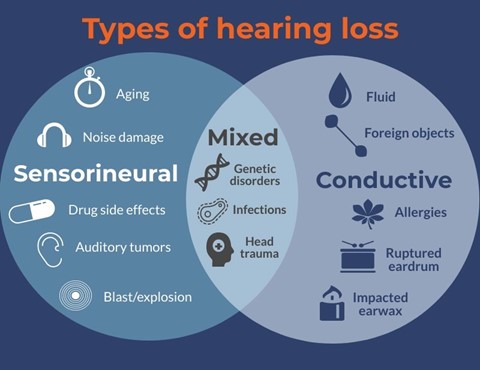The nurse is preparing to explain an upcoming procedure to an English-speaking Latino client. The nurse determines that the best way to verbally communicate with this client is to:
Speak slowly and provide brief and simple examples
Give very complete, detailed explanations of all information
Get an interpreter or family member to interpret for the nurse as needed
Speak quickly and avoid eye contact, which could be perceived as threatening
The Correct Answer is A
Choice A reason: This is correct because it shows that the nurse is respectful and sensitive to the client’s language and cultural needs. Speaking slowly and providing examples can help the client comprehend and retain the information.
Choice B reason: This is incorrect because it shows that the nurse is overwhelming and insensitive to the client’s language and cultural needs. Giving too much information or using complex terms can confuse and frustrate the client.
Choice C reason: This is incorrect because it shows that the nurse is assuming and delegating the responsibility of communication to someone else. Getting an interpreter or a family member may not be necessary or appropriate if the client speaks English. The nurse should communicate directly with the client as much as possible.
Choice D reason: This is incorrect because it shows that the nurse is rude and disrespectful to the client’s language and cultural needs. Speaking quickly and avoiding eye contact can make the client feel ignored or intimidated. The nurse should maintain eye contact and speak at a normal pace.
Nursing Test Bank
Naxlex Comprehensive Predictor Exams
Related Questions
Correct Answer is A
Explanation
Listening. Listening is the process of receiving information from a speaker and examining one’s responses to the message. It involves paying atention, interpreting, and evaluating what is being said. Listening is an essential skill for effective communication in nursing.
Reflection is incorrect. Reflection is the process of thinking back on one’s actions and experiences and analyzing what went well and what can be improved. Reflection helps nurses to learn from their practice and enhance their professional development.
Restating is incorrect. Restating is the process of repeating what the speaker has said in one’s own words to confirm understanding and show interest. Restating is a technique that can facilitate listening, but it is not the same as listening itself.
Clarification is incorrect. Clarification is the process of asking questions or requesting more information to clear up any confusion or ambiguity in the message. Clarification can help to avoid misunderstandings and ensure accuracy, but it is not the same as listening itself.
Correct Answer is ["A","D"]
Explanation
Choice A reason: Speaks in a normal tone is an approach that can best facilitate communication with a client who is hearing-impaired. Speaking in a normal tone can help the client to hear the natural variations and inflections of the voice, and to avoid distortion or confusion. Speaking in a high-pitched or low-pitched tone can make the voice harder to hear or understand, especially if the client has a hearing loss in a specific frequency range. Therefore, this choice is correct.
Choice B reason: Speaks frequently is not an approach that can best facilitate communication with a client who is hearing-impaired. Speaking frequently can overwhelm or fatigue the client, and reduce their ability to process or retain the information. Speaking frequently can also interrupt the client’s thoughts or responses, and prevent them from expressing their needs or concerns. Speaking clearly and concisely, and allowing pauses or breaks, can enhance communication with a client who is hearing-impaired. Therefore, this choice is incorrect.
Choice C reason: Speaks directly into the unaffected ear is not an approach that can best facilitate communication with a client who is hearing-impaired. Speaking directly into the unaffected ear can create an uncomfortable or unnatural position for the client and the nurse, and interfere with eye contact or facial expressions. Speaking directly into the unaffected ear can also create a loud or distorted sound that may be unpleasant or painful for the client.
Speaking face-to-face, and slightly toward the unaffected ear, can improve communication with a client who is hearing-impaired. Therefore, this choice is incorrect.
Choice D reason: Speaks in a normal volume is an approach that can best facilitate communication with a client who is hearing-impaired. Speaking in a normal volume can help the client to hear the voice without difficulty or strain, and to avoid embarrassment or irritation. Speaking in a loud volume can make the voice harder to hear or understand, as it can cause background noise, echo, or feedback. Speaking in a loud volume can also imply shouting or anger, which can be disrespectful or offensive to the client. Therefore, this choice is correct.

Whether you are a student looking to ace your exams or a practicing nurse seeking to enhance your expertise , our nursing education contents will empower you with the confidence and competence to make a difference in the lives of patients and become a respected leader in the healthcare field.
Visit Naxlex, invest in your future and unlock endless possibilities with our unparalleled nursing education contents today
Report Wrong Answer on the Current Question
Do you disagree with the answer? If yes, what is your expected answer? Explain.
Kindly be descriptive with the issue you are facing.
